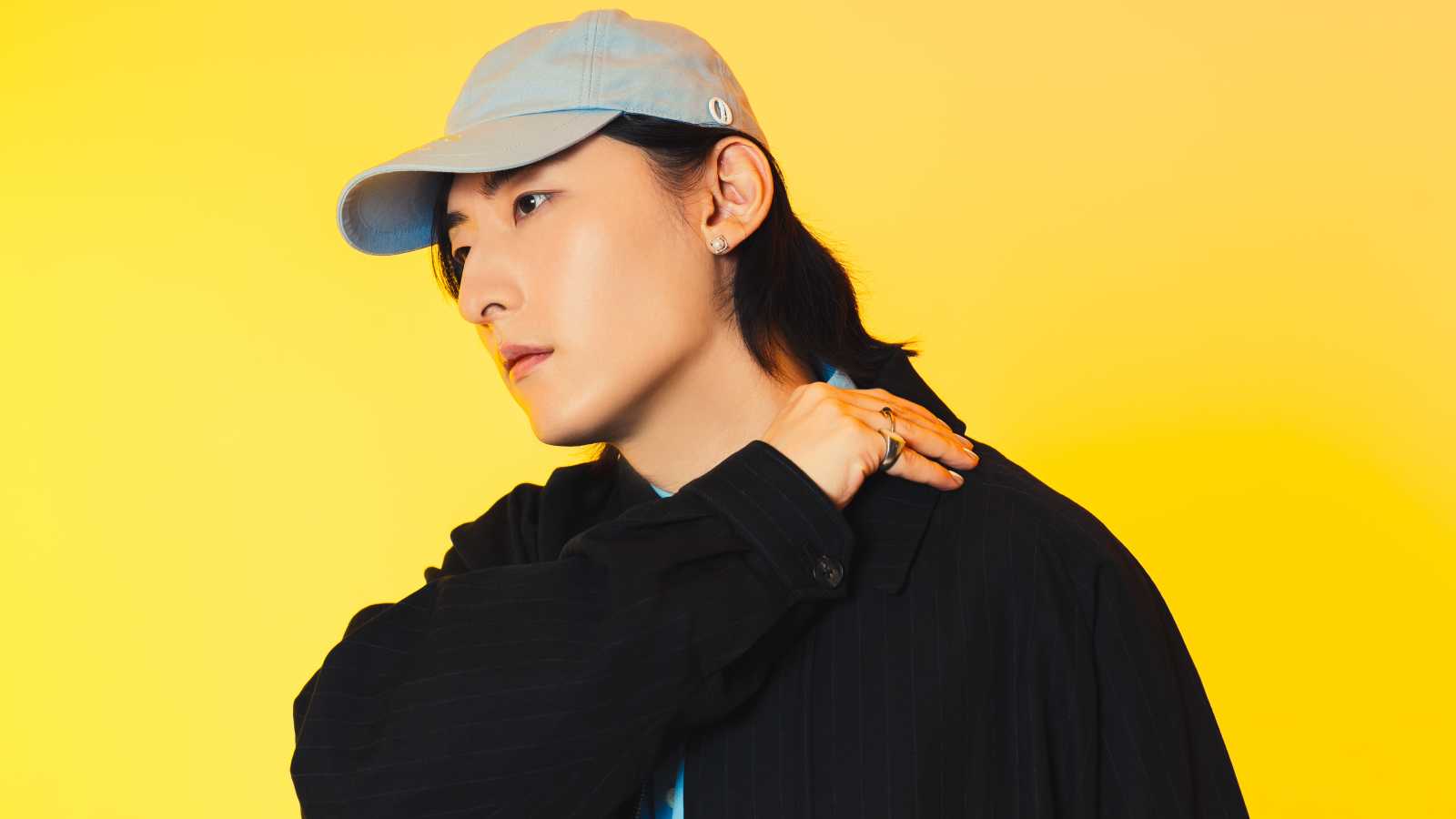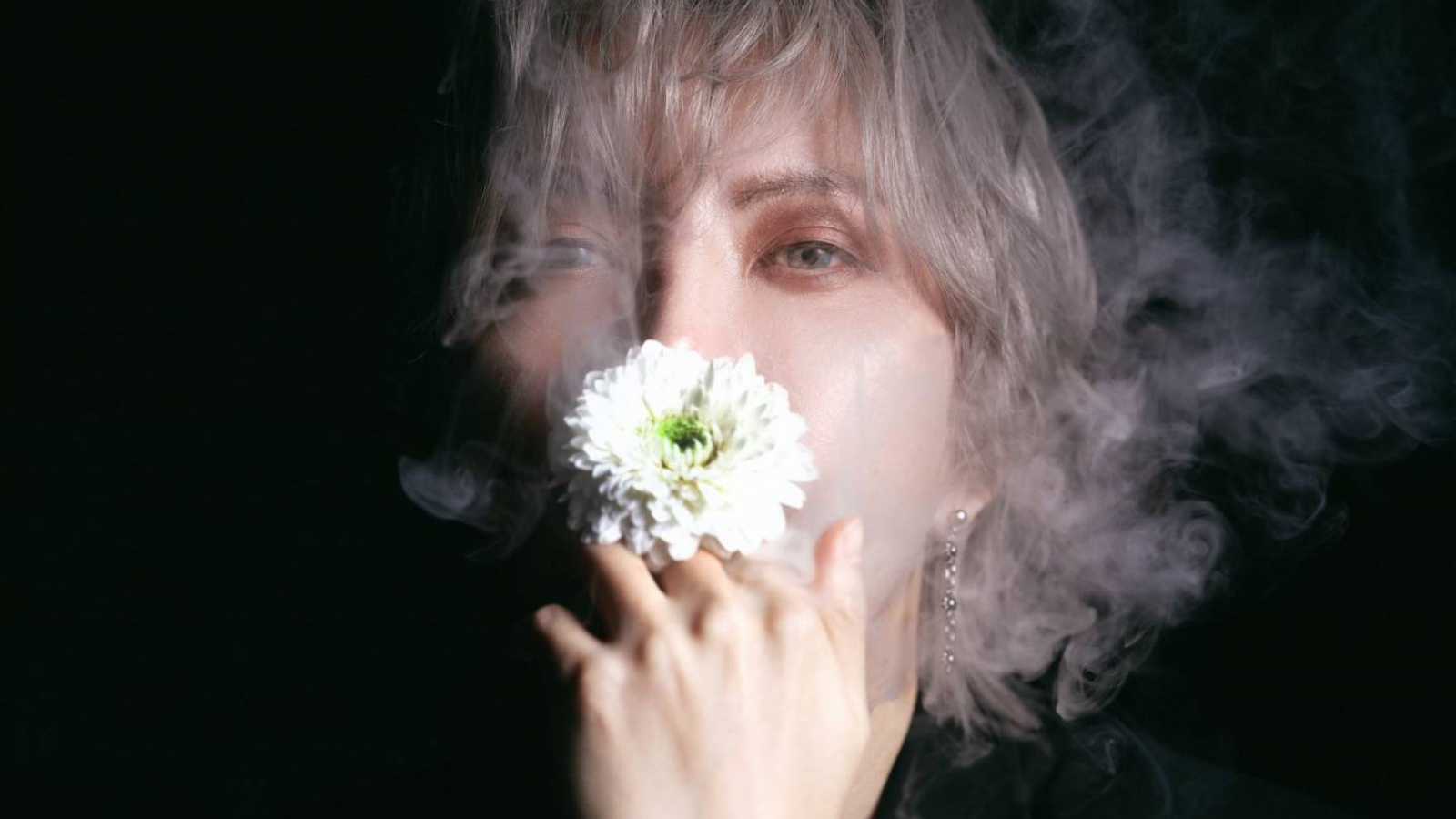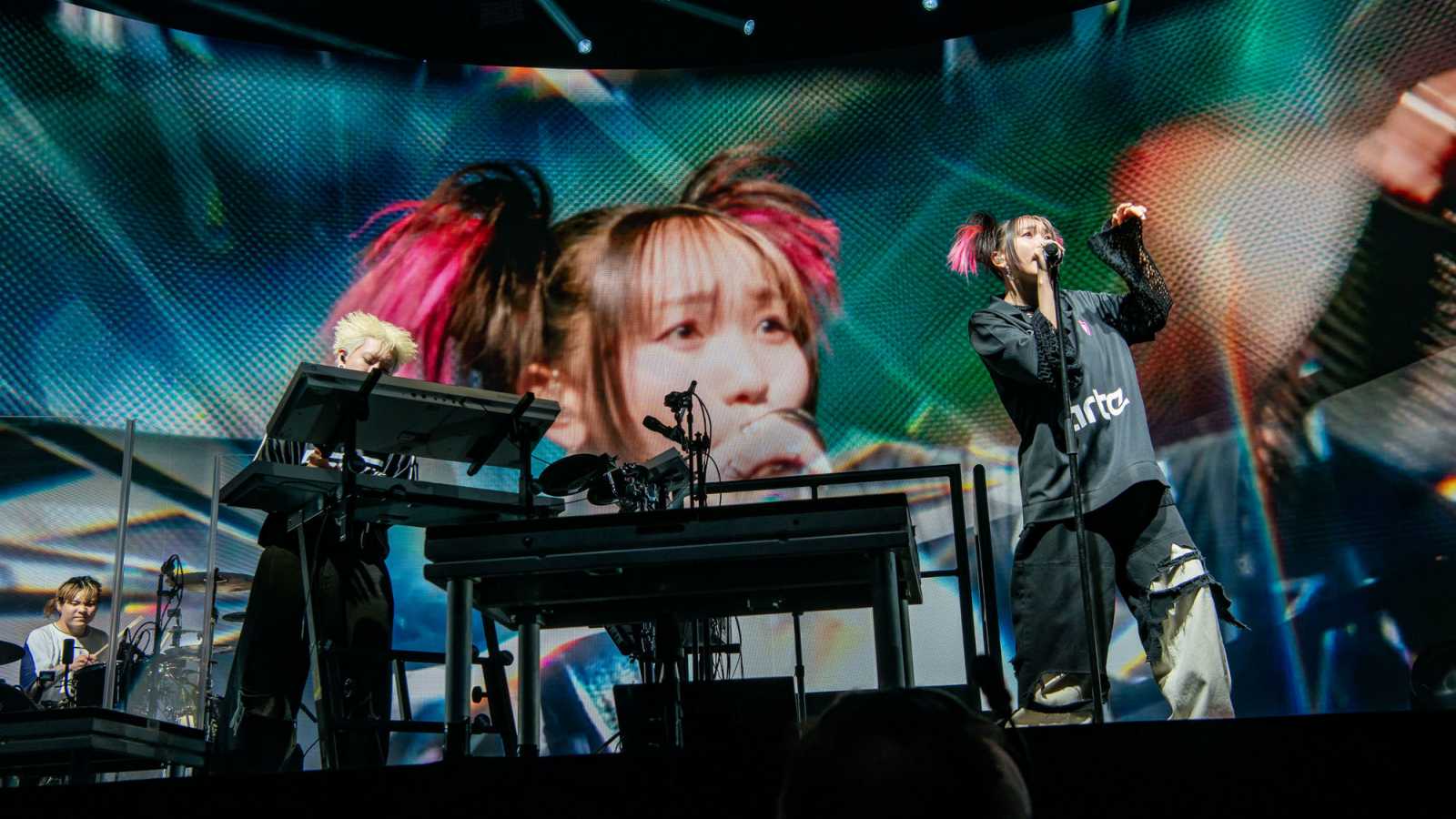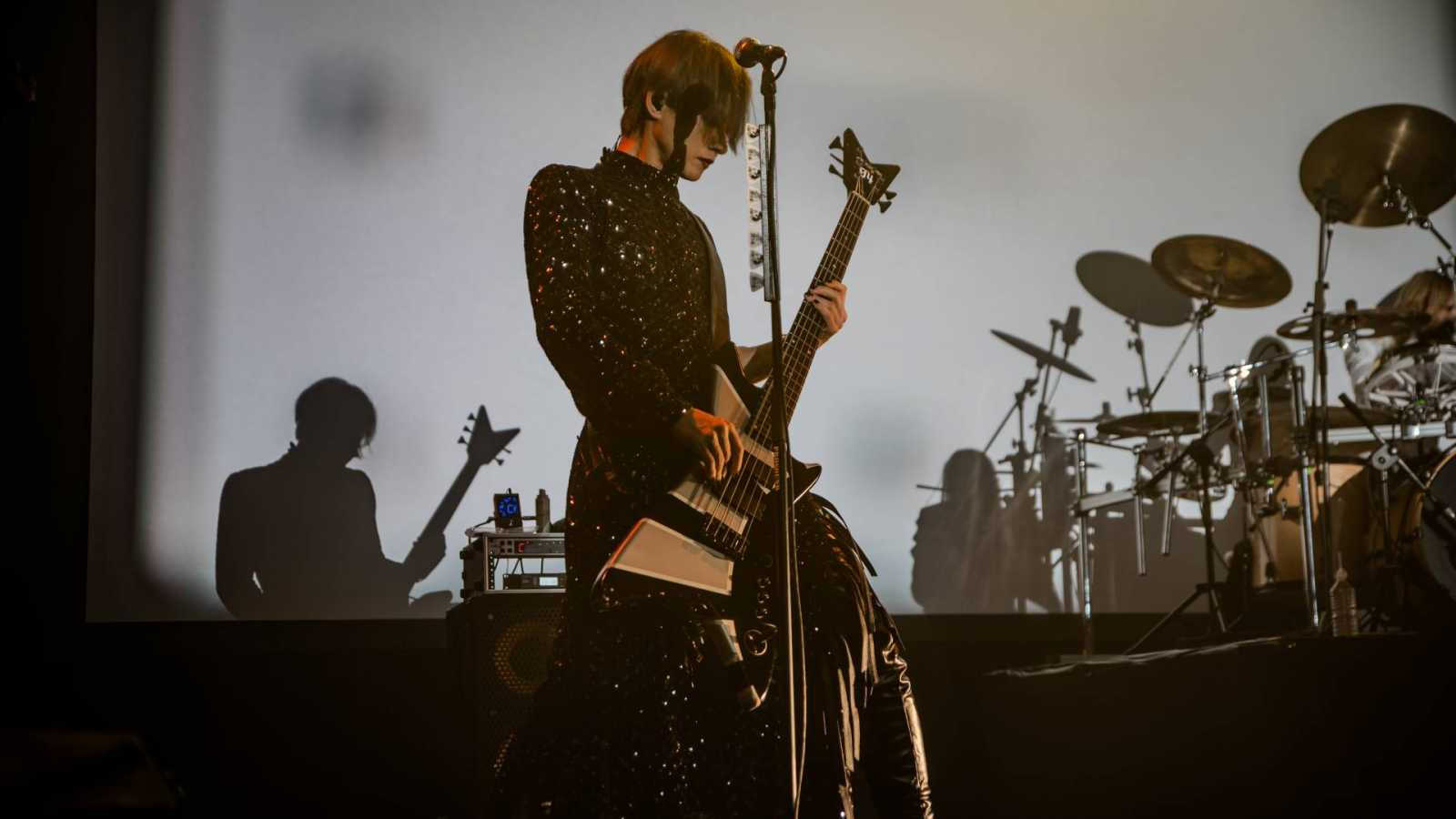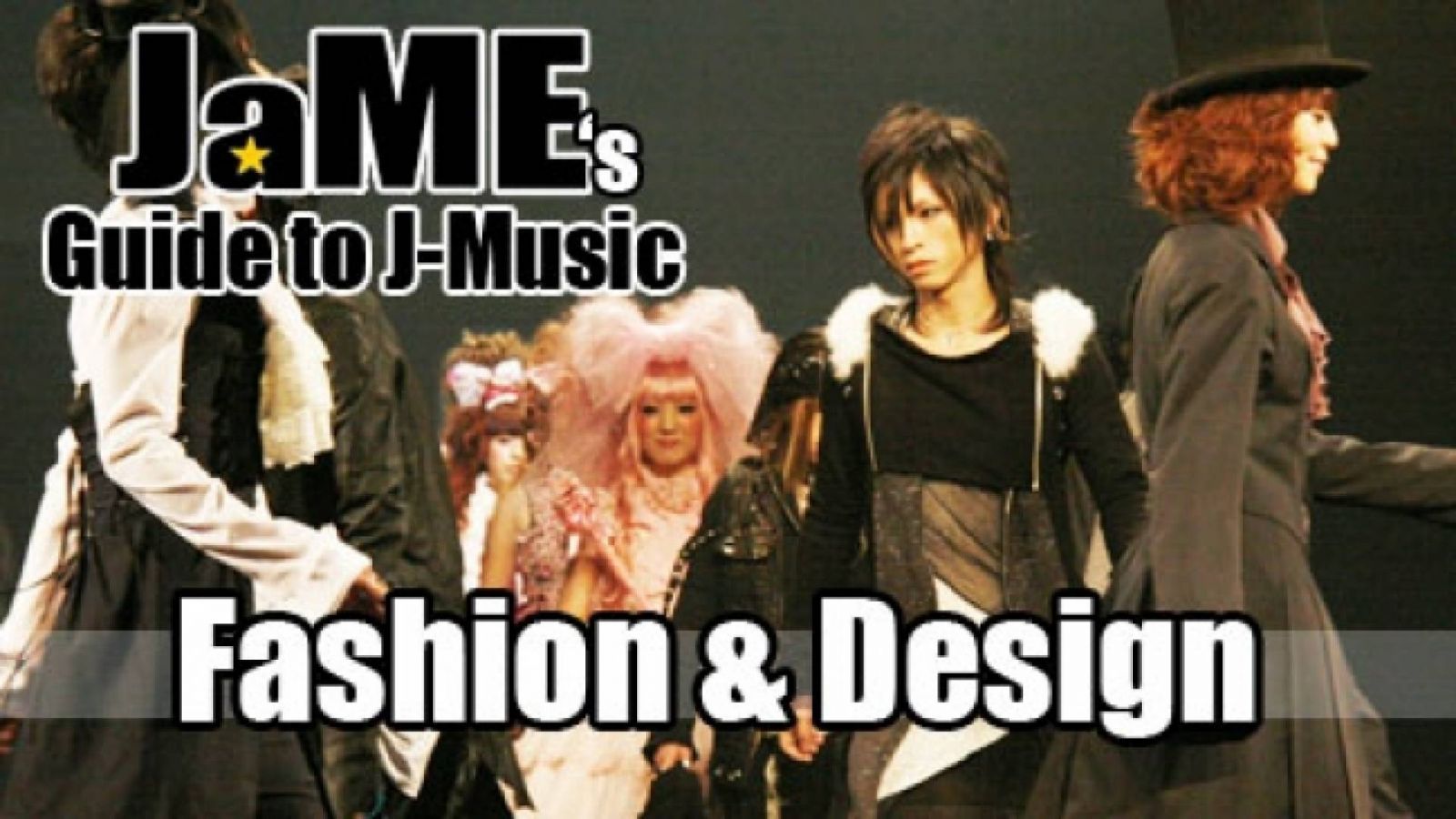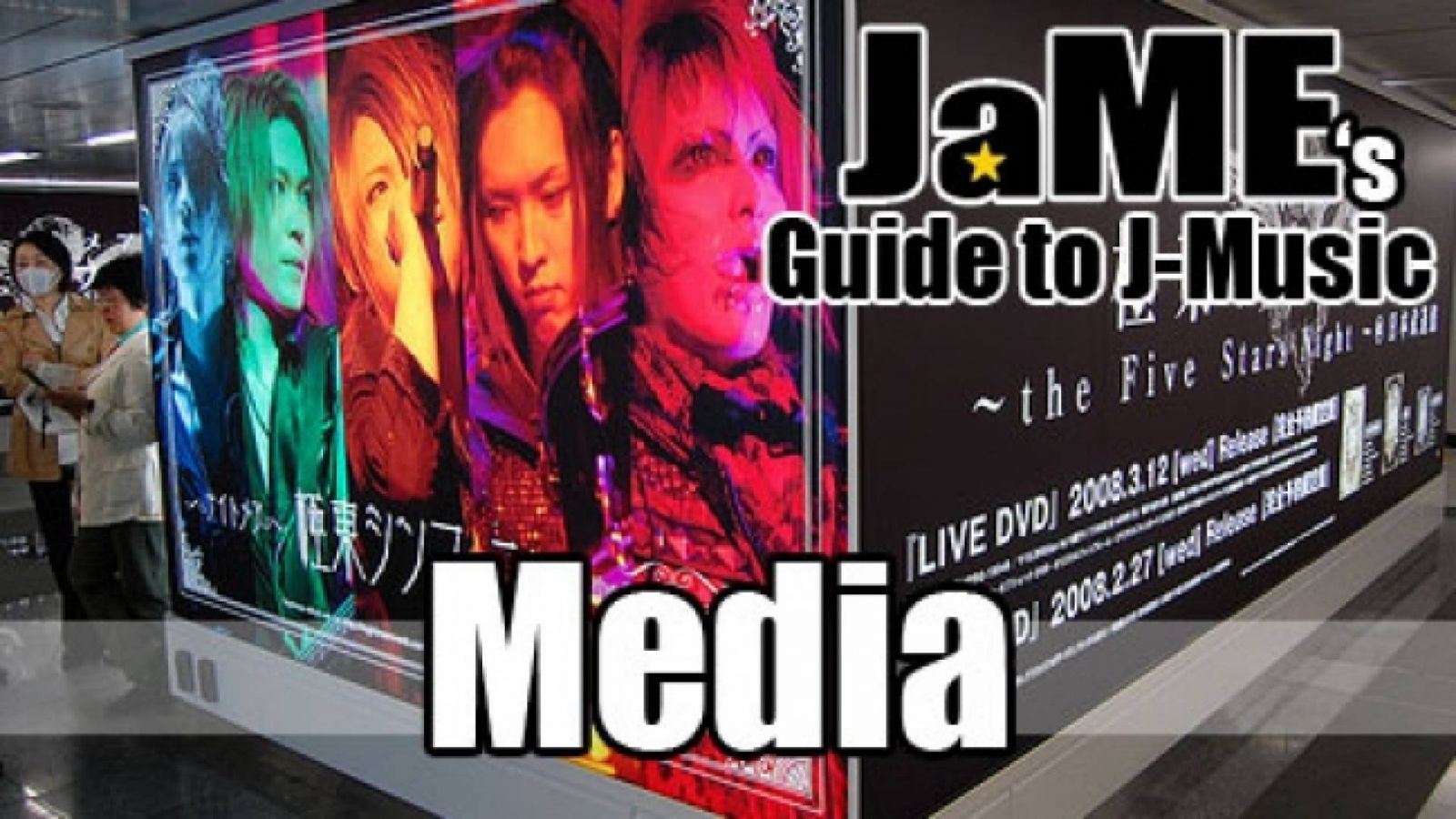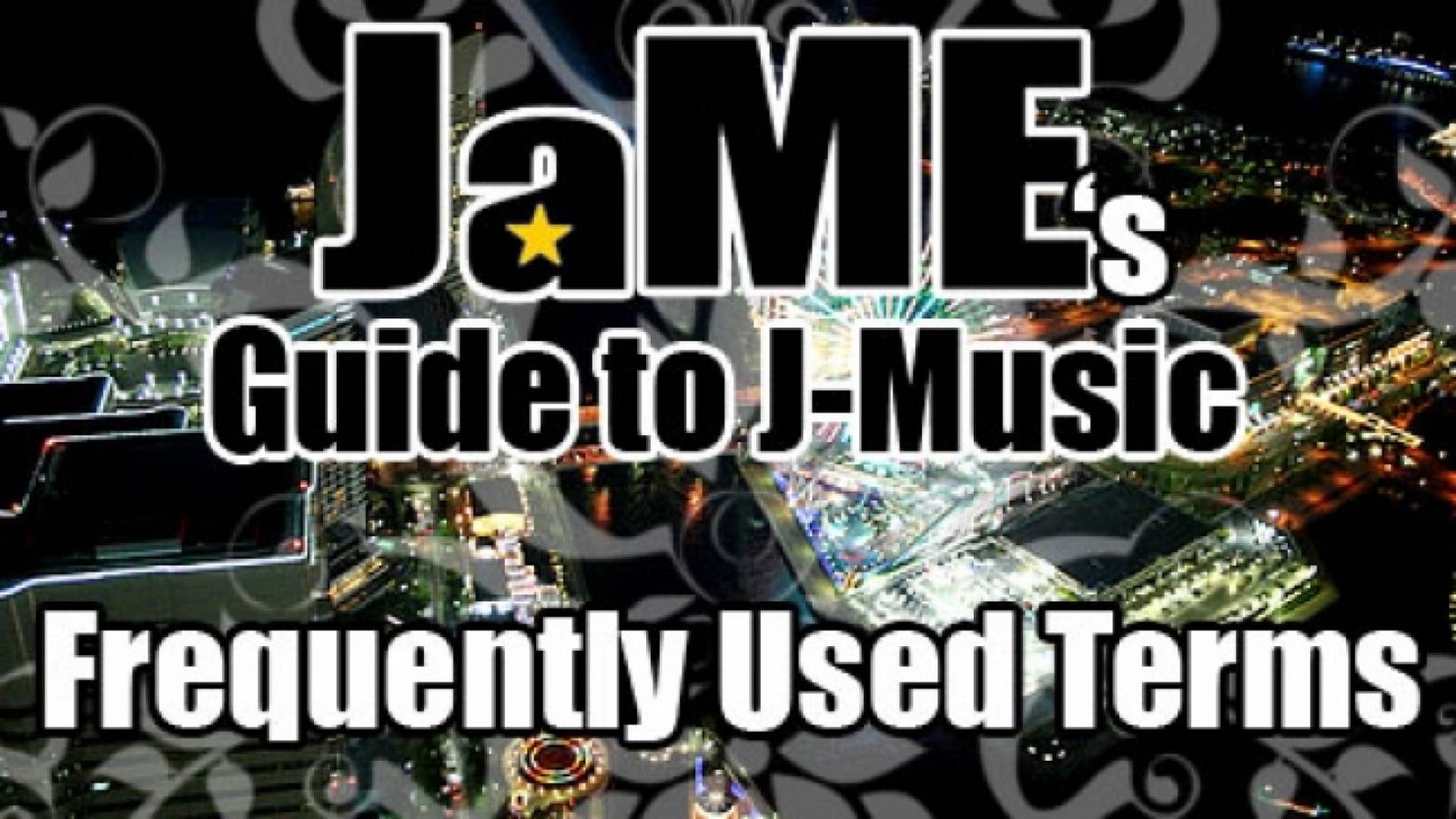Reading an article and wishing you had a dictionary? Here are all the words you need to know to keep you savvy in the scene.
How many times have you read an article and wondered, "What does that word mean?" Slang and jargon are a part of daily life, and in the Japanese music community, it's no different. Here are some of the more tossed around terms to help keep you up-to-date.
3'' single - a small sized CD, often used to release singles on. Can be played by a normal CD player.
Anime - Japanese animation. Theme and background music is often performed by Japanese artists.
Anime convention - often shortened to "anime con" or "con," a convention for fans of Japanese animation and often Japanese culture, e.g. music and fashion. In the U.S., performing artists are often invited from Japan.
Anketto - from "enquete" meaning "inquiry," survey form often passed out at concerts by indie bands to receive feedback from fans.
Angura kei - shortened form of the English word "underground," based on theatre and features more sober, darker music.
Bangyaru - portmanteau of "band girl" or "band gal," refers to girls who are obsessive about bands.
Cosplay - portmanteau of "costume play," a hobby that involves making and wearing clothing copied or based on a show or band.
Drink ticket - ticket that must be purchased with the concert ticket, it can be exchanged for drinks. Drink ticket profits go to the upkeep of livehouses.
Ending - also known as ED, refers to the song used during the ending credits of a show, often anime. See Opening.
Enka - genre of Japanese music popularized after World War II and still carries many traditional cultural aspects.
Eroguro - bands in this category generally have music that focuses on grotesque, sexual themes, e.g. Cali=Gari and Merry.
Eurobeat - a music genre that found its origins in Europe and has a large following in Japan. It is a type of electronic dance music which is characterized by a fast beat, often high-pitched pop vocals and simple lyrics that are easy to remember. Songs from the video game Dance Dance Revolution are primarily eurobeat.
Fangirl - an English term used to label females fans who are crazily obsessed. Males can be referred to fanboys, although the term is less used.
Fanservice - acts performed on stage for the sole purpose to amuse or excite the audience, often contains homoerotic content.
Film gig - video of a live concert shown at a concert venue instead of a theater.
First press - initial number of CD/DVDs released to the public and often comes with a bonus or special packaging. If the first press is sold out, record companies may put out a second press.
Furitsuke - also known as Furi. Choreographed dance steps to specific songs, as opposed to parapara, which can be performed to any music.
Hello!Project - all female Japanese pop idol project, subgroups include Morning Musume.
Hiragana - Japanese alphabet, used for words which have no kanji.
Indie - bands that are independent and have no major label contracts, however, it is often used to describe lesser known, underground bands.
In-store - an meet-and-greet type even that often takes place at a record store.
Japa-reggae - term used to indicate Japanese reggae artists.
Johnny & Associates - also known as Johnny’s, a talent agency that trains and promotes male pop groups. There is a Juniors division for boys age 11 and up to be trained in singing, dancing and showmanship. Members often sign with record labels under Johnny or with Avex. Members include Kanjani8, KAT-TUN, Arashi, SMAP, V6, NEWS and more.
Kabuki - a form of traditional Japanese theatre with stylized drama and elaborate make-up.
Kanji - Chinese characters used in Japanese writing.
Katakana - one of the Japanese alphabets, used when writing words that do not originate from Japanese.
Koto - a traditional Japanese stringed instrument, resembles giant guitar fret board.
Livehouse - concert venue that is smaller and allows the audience a more intimate experience. See Concert Venues for a list of popular livehouses.
Major - the status of a band that has signed on to a large, well known record label in Japan, such as Avex.
Management - the term which refers to the manager (or managers) who arranges all the events for a band.
Manga - Japanese comic books.
MC - also known as Mic Chat or Microphone Chat, short breaks during a concert in which the band converses with the audience. Can also be an abbreviation for Master of Ceremonies, the person who acts as a host during concerts and introduces the band, or refer to a member of the band who usually does the rap vocals.
Nagoya kei - a genre of music that is darker and features heavier music; originating from Nagoya.
Obi - the paper wrap outside the CD that often contains some extra info about the artist.
Omnibus - a compilation album, can be a band's "best of" album or an album with many artists contributing.
Oneman - concert that features only one band, the first oneman of a band is regarded as a huge success.
Opening - also known as OP, refers to the song used during the opening credits of a show, often anime. See Ending.
Oricon Charts - released by Original Confidence Inc., it ranks the sales of all released singles and albums. Similar to Billboard Music Charts in America.
Oshare kei - a genre of music that focuses on stylish dress and more light-hearted and positive sounding rock music.
Parapara - specific choreographed dance moves, generally performed to eurobeat music.
Photobook - a collection of photos in book form, sometimes done as a gift to the fans, generally used to promote the artist.
PV - also known as Promotional Video or MV (Music Video), a video by the artist released before a single to promote the song.
Record label - the company that manages the marketing of music recordings.
SE - also known as Sound Effect, usually produced by electronic mixers. Can also refer to the music played before the start of a live.
Session band - a band put together for live concerts only, usually done for fun. Examples are best found from Danger Crue’s All-Star concert events. Session bands sometimes release material, but not as frequently or consistently as official bands.
Shamisen - a traditional Japanese stringed instrument with three strings. It resembles a guitar with an extremely long neck.
Shibuya kei - a style of Japanese pop that arose in Shibuya. The music is mostly a mix of jazz, pop, and electropop.
Side-project - a project of a band member not related to his current band.
Support member - musicians that participate with a band during lives and/or recordings, but are not permanent or full members of the band.
Tokyo Dark Castle - a well known Japanese goth festival, also promotes many underground parties and events. They have an English version website.
Two man - a concert that features two bands as the headliners.
Urban - a style of music which includes R&B, hip-hop or rap, influenced by black American music artists.
Visual kei - sub-genre of Japanese music that focuses on make-up, clothing and fashion, generally rock music.
--
Be sure to leave a comment at the forum telling us what you think of the glossary! We definitely want to be as comprehensive as possible, so if you think we've got something wrong or are missing anything, let us know!

